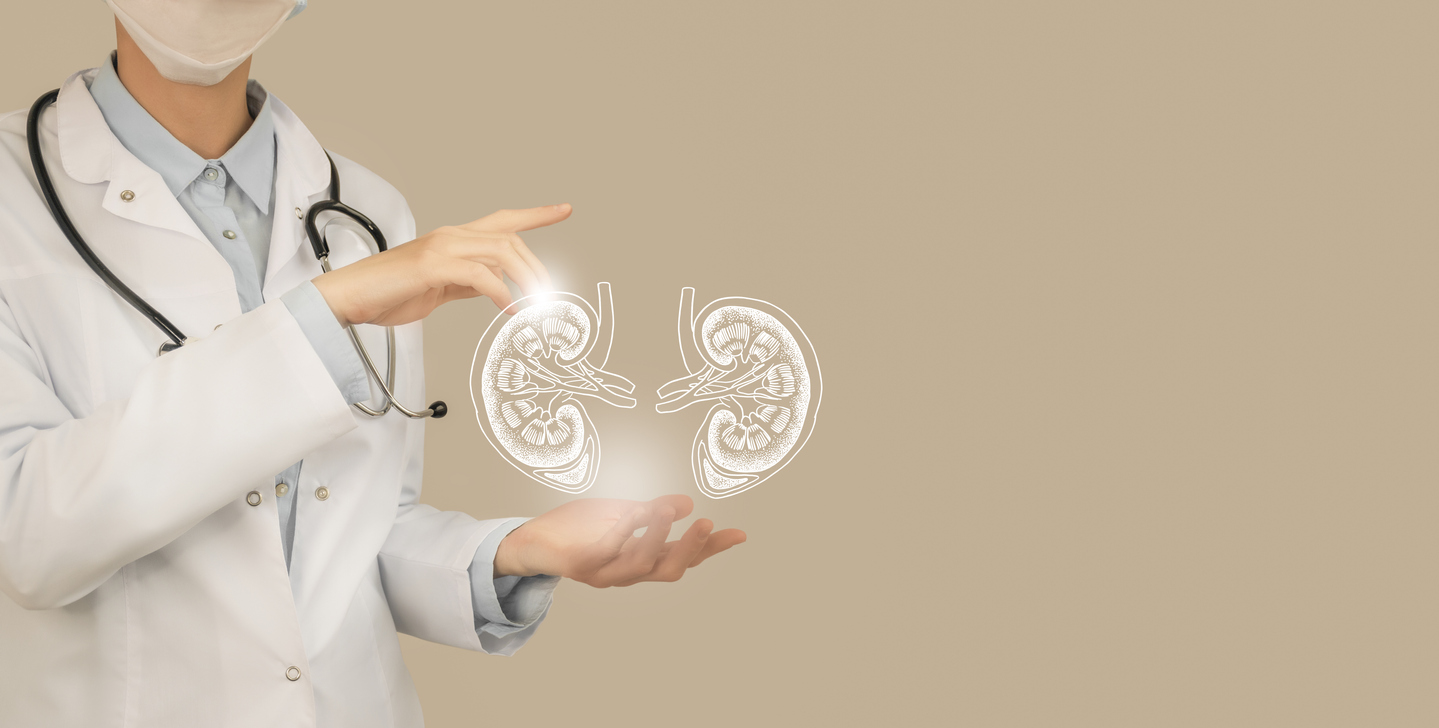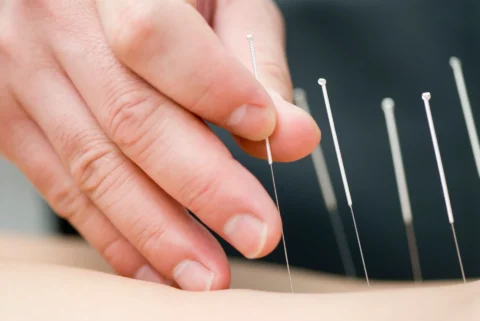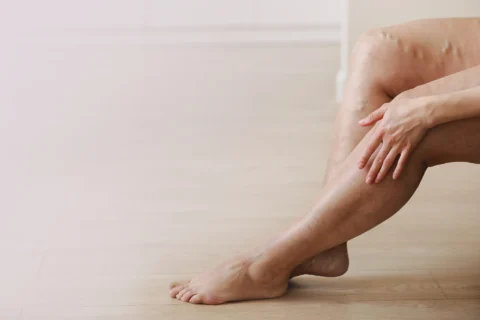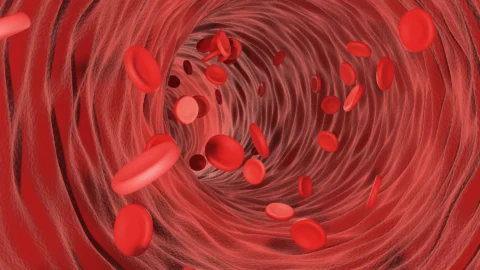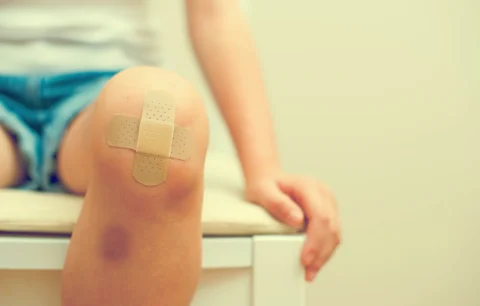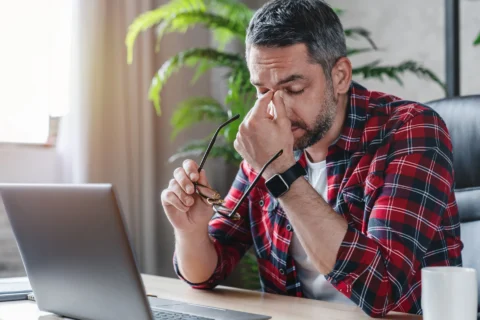Knowing the progression of the disease helps in performing preventive measures against its complications. Similarly, a disease can’t be addressed if its underlying causes can’t be treated as well. With that, it’s important to know the associations between diseases to understand how they should be effectively managed.
So can kidney failure lead to chronic venous insufficiency and venous stasis ulcer? Renal failure can lead to venous thromboembolism by predisposing a patient to exhibit a hypercoagulable state or an increased tendency to form blood clots. VTE, in turn, leads to a patient developing chronic venous insufficiency, and CVI leads to venous stasis ulcer as a complication.
Venous Thromboembolism: The Indirect Link Between Kidney Failure, Chronic Venous Insufficiency, and Venous Stasis Ulcer
Venous thromboembolism is a vascular disease encompassing pulmonary embolism and deep vein thrombosis. This disease is characterized by blood clots in a deep vein that forms in the lower leg in the case of deep vein thrombosis.
This then travels towards other parts such as the lungs in pulmonary embolism. It’s said to be caused by the accumulation of risk factors such as high blood pressure and type 2 diabetes mellitus.
Venous thromboembolism, particularly deep vein thrombosis, is caused by chronic venous insufficiency. This is because of the hypercoagulable state (increased tendency to form blood clots) associated with moderate to severe chronic kidney disease. In fact, as demonstrated in a study, recurrent venous thromboembolism and major bleeding occur in patients with CKD and they even have a higher risk for mortality.
Deep vein thrombosis, on the other hand, causes chronic venous insufficiency because of the damage that DVT brings to valves that prevent venous reflux. Pooling of the blood results from this reflux which in turn results in CVI.
Venous ulcers, on the other hand, are a complication of CVI brought by poor blood flow in the skin, causing poor nutrition and oxygenation that result in the formation of the characteristic ulceration.
Causes Of Chronic Venous Insufficiency
Chronic venous insufficiency is a multifactorial venous disease exacerbated by various risk factors. Aside from a previous medical history of venous thromboembolism, there are also other notable causes of CVI that predispose a patient to develop the disorder such as the following:
- A family history of cardiovascular disease
- Venous hypertension or high blood pressure in the leg veins due to prolonged standing or sitting
- Blood clots forming superficial venous obstruction manifested as swelling and inflammation called phlebitis
- High body mass index (weight gain leading to being overweight or obese)
- Pregnancy
- Lack of regular exercise
- Smoking
Diagnosis Of Chronic Venous Insufficiency
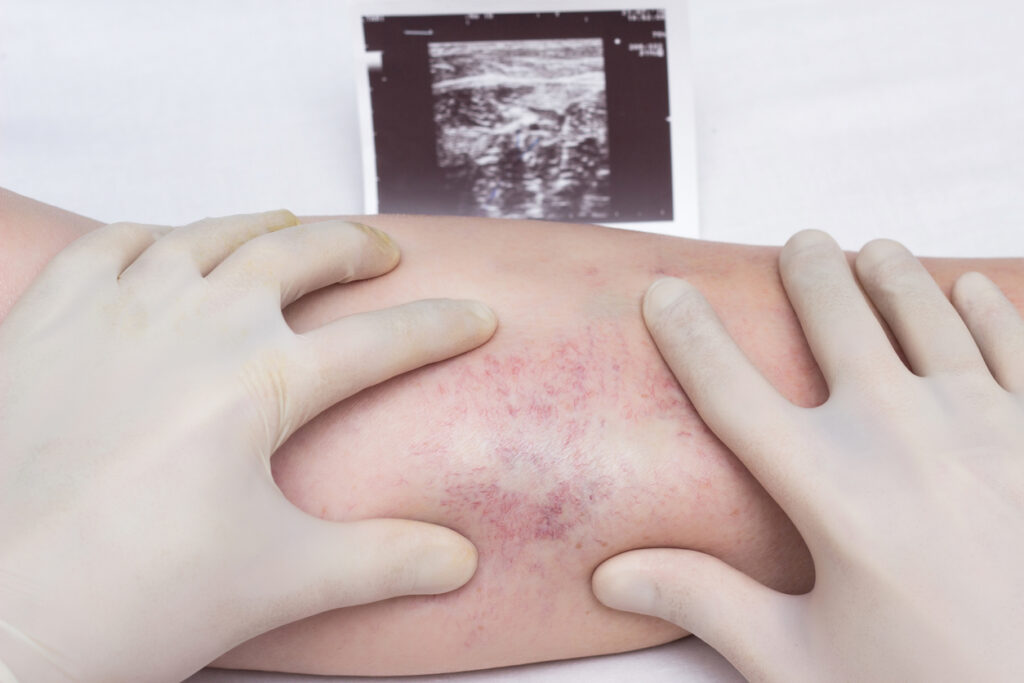
1) Physical Examination
A diagnosis of chronic venous insufficiency may first be done by looking at a patient’s clinical history to pinpoint the risk factors that they present with, followed by a physical examination to observe the clinical manifestations that the patient presents with.
Patients with CVI may present with the following signs and symptoms that may be seen upon clinical examination:
- Pain – Pain characterized as fullness or heaviness, dragging or aching, and frank pain may be felt by patients with CVI. Intermittent claudication, or pain during exercise, although rarely experienced, may also be exhibited by these patients. Night cramps may be felt by these patients as well.
- Leg edema – A common differential diagnosis that must be differentiated from the lower-limb edema caused by CVI is that of lymphatic obstruction. This may be done by looking at the characteristics of the edema. Patients with lymphedema present with brawny edema and non-pitting edema, whereas patients with venous edema present with pitting edema.
- Hemorrhage – Hemorrhage in patients with CVI may occur after local trauma since the tortuous veins predispose them to be more vulnerable to the damage by trauma. Spontaneous trauma may also exist.
- Skin changes – Poor flow of blood, the destruction of red blood cells, and allergic reactions result in different skin changes associated with chronic venous insufficiency. These skin changes include pigmentation, dermatitis, lipodermatosclerosis, atrophie blanche, and ulceration.
2) Imaging
Patients may also be examined through imaging to visualize the veins affected by chronic venous insufficiency. These imaging modalities may be non-invasive and invasive, with the latter entailing the use of injection or catheter to visualize the affected varicose veins. The imaging modalities under these categories are summarized below:
| Non-Invasive | Invasive |
| Venous duplex imagingAir plethysmographyComputed tomography venography or magnetic resonance venographyPhotoplethysmographyStrain gauge plethysmographyFoot volumetry | Contrast venographyIntravascular ultrasoundAmbulatory venous pressure |
Treatment Of Chronic Venous Insufficiency
The medical treatment of chronic venous insufficiency relies on the principle of reducing the occurrence of venous valvular reflux. This is to prevent the harmful inflammation that occurs as a result of this failure for the venous return to flow in a unidirectional fashion.
1) Diet and Lifestyle
The conservative management in treating chronic venous insufficiency includes changes in diet, encouraging the patient to lead a healthy lifestyle, and encouraging the patient to exercise. These may be done as follows:
- Lifestyle changes such as avoiding prolonged standing and sitting may help prevent the worsening of the symptoms of the vascular disease. Elevating the feet above the heart 3 to 4 times a day for at least 30 minutes is also helpful in the prevention of edema.
- Graded exercise may help strengthen the calf muscles which can help in promoting the unidirectional venous return by the veins.
- Weight loss in overweight or obese patients must be advised as these pose risks of the exacerbation of CVI.
2) Pharmacologic Treatment
Another conservative management for chronic venous insufficiency is pharmacologic management, which entails the administration of drugs or medicinal herbs to lessen the effects of the signs and symptoms of the disease to the patient. These include the following:
- Diuretic therapy – For patients with edema, the administration of low-dose diuretics such as hydrochlorothiazide and furosemide may be given while signs and symptoms of intravascular volume depletion are monitored.
- Topical steroid cream or ointment – Patients with venous stasis dermatitis may be treated with topical steroid cream or ointment such as fluocinolone acetonide or triamcinolone. If they don’t respond to these treatments, they should undergo patch testing to determine if the skin condition they’re presenting with is actually contact dermatitis.
- Herbal supplements – Herbal supplements with venoactive properties such that they can help improve venous tone and decrease capillary and venous permeability include horse chestnut seed extract, micronized purified flavonoid fraction, french maritime pine bark extract, and rutosides.
3) Surgical Procedures
Surgical procedures in the management of chronic venous insufficiency are invasive procedures that aim to reduce venous outflow obstruction and venous obstruction and to help prevent the worsening of vein incompetence. These surgical procedures include:
- Veno-venous bypass (Palma’s procedure)
- Endovenous angioplasty and iliac vein stenting
- Ligation and stripping of varicose veins or phlebectomy
- Subfascial endoscopic perforator surgery
- Valve reconstruction or valvuloplasty
Causes of Venous Stasis Ulcer
The exact pathophysiological mechanism of leg ulcers is yet to be understood. Contributory factors that may lead to ulcers are already being considered, such as the following:
| Type Of Ulcer | Contributory Factor |
| Venous ulcer | Venous hypertension |
| Arterial ulcer | Tissue ischemia |
| Neuropathic ulcer | Trauma, prolonged pressure |
| Pressure | Tissue ischemia and necrosis secondary to prolonged pressure |
Diagnosis of Venous Stasis Ulcer
Diagnosis of venous stasis ulcer is primarily done through clinical means, wherein health care providers employ history taking and physical examination to look for the risk factors and the clinical features of the patient. Should the diagnosis still be unclear, diagnostic imaging modalities may also be done, such as ankle-brachial index and color duplex ultrasonography.
Treatment of Venous Stasis Ulcer
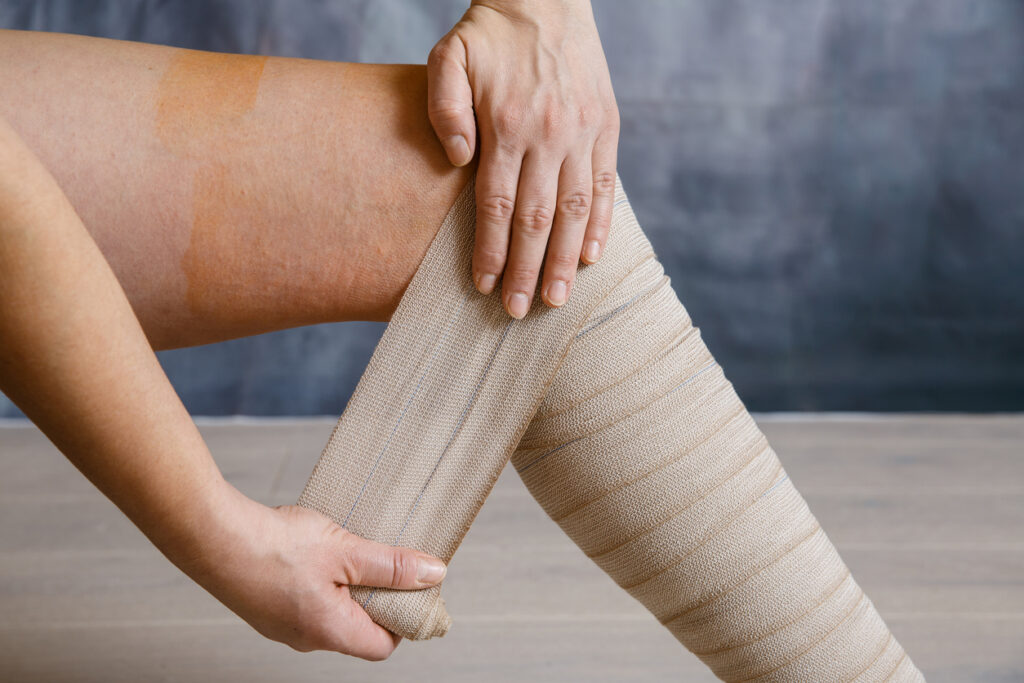
The medical treatment of venous stasis ulcers aims to reduce edema, encourage a more effective and faster ulcer healing, and prevent the return of the wound. Available treatment options for venous ulcers include conservative management, mechanical treatment, pharmacologic therapy, and surgical treatment.
1) Conservative Management
Since chronic venous insufficiency leads to venous stasis ulcer, the conservative management of venous stasis ulcers is the same as that of CVI, which include lifestyle changes, encouraging weight loss, and making the patients undergo graded exercises.
In addition to these, dressings such as hydrocolloids and simple non-adherent dressings placed under compression bandages may help in hastening the healing of the ulcer and the prevention of the sticking of the ulcer to the bandage.
2) Mechanical Treatment
Topical negative pressure or vacuum-assisted closure is a type of wound therapy where a controlled negative pressure is applied, typically a sub-atmospheric pressure of 125 mmHg.
Application of this negative treatment is facilitated by placing a polyurethane or polyvinyl-alcohol foam on the wound cavity covered with an adhesive drape. A small hole will then be cut and a therapeutic regulated accurate care pad is applied over the hole for moist healing.
It’s still being investigated how mechanical treatment works, although mechanisms proposed point towards this procedure helping create an environment where optimal wound healing can take place. Some proposed mechanisms include:
- Decrease in local blood flow
- Increase in mechanical stress to promote accelerated cell cycling and DNA synthesis
- Granulation tissue formation
- Prevention of bacterial colonization
- Edema reduction and exudate management
3) Pharmacologic Therapy
With the goal of encouraging the hastening of healing time and the prevention of infection, the following medications may be given to patients with chronic venous ulcers:
- Pentoxifylline
- Aspirin
- Iloprost
- Oral zinc
- Antibiotics/Antiseptics
- Hyperbaric Oxygen Therapy
4) Surgical Management
Patients with chronic, non-healing ulcers which recur and don’t respond to conservative management strategies must consider surgical management because of the poor healing rates associated with ulcers. These surgical procedures include:
- Debridement
- Skin grafting
- Surgery for venous insufficiency
Vein Center Doctor: Offering Professional Outpatient Vein Treatments
At Vein Center Doctor, our priority is that of quality care of patients needing professional outpatient vein treatments. Headed by Dr. Rahul Sood, our health care providers are knowledgeable and well-trained in providing vein care.
Outpatient vein treatments available in our clinic include radiofrequency ablation, endovenous laser treatment, VenaSeal closure system, and compression therapy.
1) Radiofrequency Ablation
In radiofrequency ablation, the flow of blood is redirected from incompetent veins to healthy, normal veins by closing off the blood vessel that needs management. This is done through the delivery of radiofrequency via a catheter with a heating tip which will obliterate the endothelium (the lining of the vein) to form scars that will block the passage of blood in the incompetent veins.
2) Endovenous Laser Treatment
Endovenous laser treatment employs the same principles as radiofrequency ablation, in that the incompetent vein is closed off by delivering heat to destroy the endothelium. But instead of delivering radiofrequency such as that done in radiofrequency ablation, endovenous laser treatment delivers a laser fiber with wavelengths of 810-nm or 940-nm.
3) Sclerotherapy
Also closing off incompetent veins, sclerotherapy is also an effective vein treatment. However, unlike radiofrequency ablation and endovenous laser treatment, this procedure destroys the endothelium through the administration of sclerosing agents, chemicals that irritate the endothelium to form the fibrotic scar that will enclose the vein for its closure. Sclerosing agents include 23.4% sodium chloride, sodium tetradecyl sulfate, and sodium iodide.
4) VenaSeal Closure System
Closure of incompetent veins can also be done via the VenaSeal closure system, an innovative, minimally-invasive procedure. This procedure entails the ultrasound-guided delivery of the VenaSeal adhesive via a delivery catheter. Compression of the site delivered with the VenaSeal adhesive will then be done after the procedure.
5) Compression Therapy
Usually prescribed as the treatment for chronic venous insufficiency and venous ulcers, compression therapy is a conservative management plan that’s considered the standard of care in treating the said disorders.
Compression stockings and other garments used for this therapy work by preventing the fluid retention conferred by the unopposed hydrostatic pressure brought by venous hypertension.
Get Professional Outpatient Vein Treatments at Vein Center Doctor
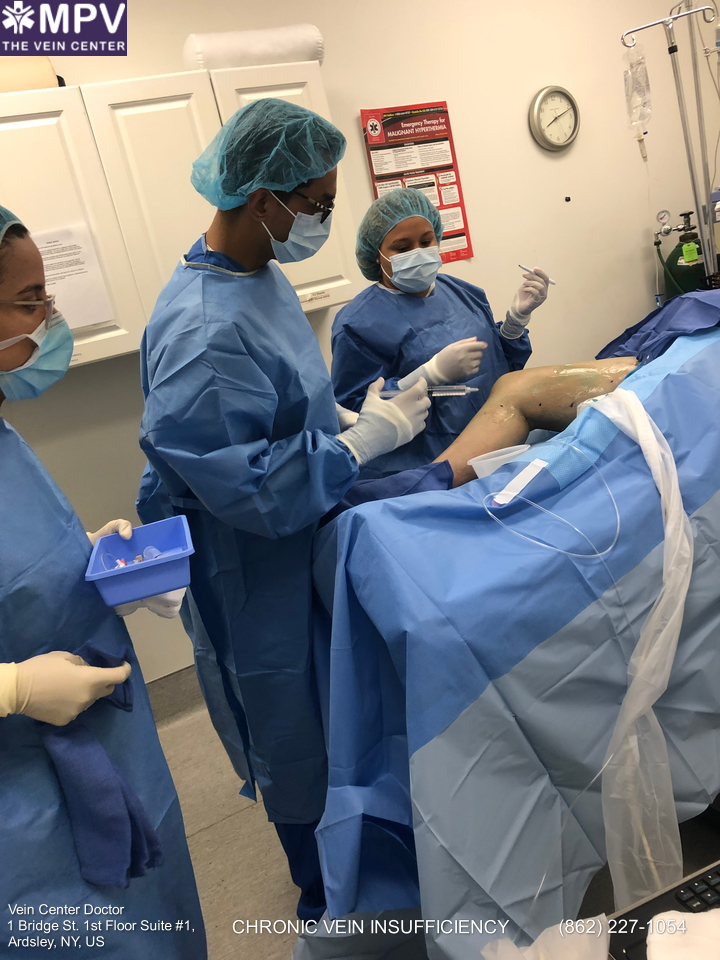
Kidney failure can contribute to cardiovascular risk factors, causing venous thromboembolism. They indirectly cause chronic venous insufficiency and venous stasis ulcers by causing VTE that leads to the development of the said disorders.
At Vein Center Doctor, we can help patients with kidney failure manage manifestations like chronic venous insufficiency and venous stasis ulcers through adequate clinical diagnoses and effective and safe treatments. Experience professional outpatient vein treatment like no other and contact us today for your free consultation.

